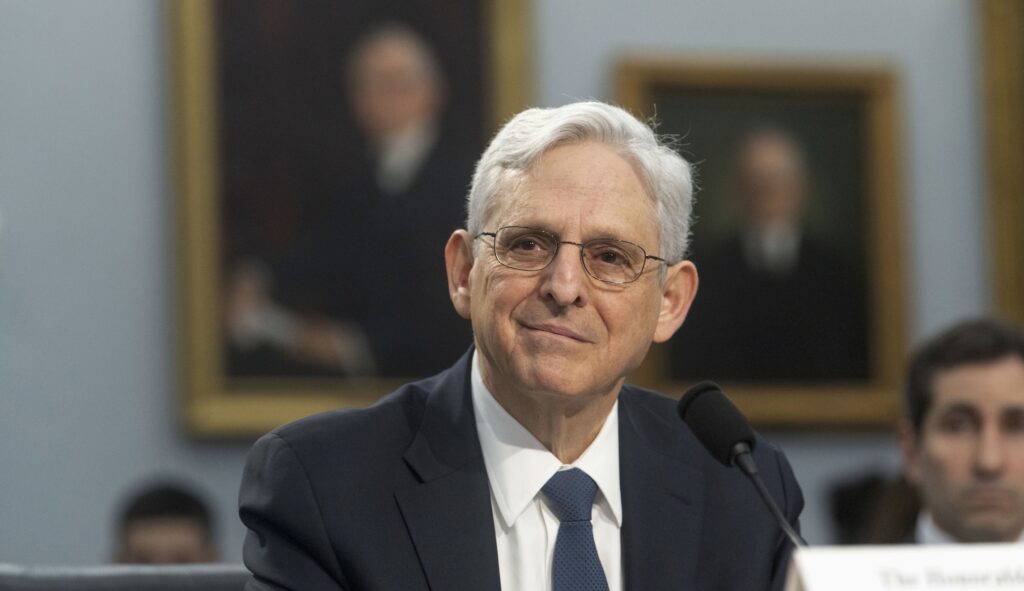Trump’s slight yet lasting advantage reignites doubts about polling accuracy
Former President Donald Trump’s continued lead in polls raises concerns about their accuracy or potential issues within President Joe Biden’s reelection campaign. Polling skepticism persists, especially regarding the demographics favoring Trump and Biden. Recent swing state polls show Trump leading in crucial battlegrounds, with narrow margins nationally. Small polling errors could significantly impact election outcomes, as seen in past elections.
Former President Donald Trump is still leading in the polls, raising fresh questions about whether the problem is with the polling or President Joe Biden’s reelection campaign.
Biden’s team initially suggested that recent polling has been at odds with the election results, which often seen Democrats beat expectations — and often Republicans. But their stepped up attacks on Trump and targeted campaign activity indicate they do take the threat seriously.
Polling skepticism, popularly dubbed “crosstab trutherism,” nevertheless persists in some corners on the Left. Some of the core assumptions being questioned is whether Trump is really gaining among minority voters and if Biden is as bad off with younger people as some surveys show.
The latest Wall Street Journal swing state poll shows Trump beating Biden in six of the key battlegrounds and the two presidents tied in the seventh. Some of these leads are relatively big. Trump is up by 6 points in North Carolina, where he won by 1.3 in 2020, and 5 points in Arizona, where he lost by 0.4. Trump has been leading in Nevada, the only one of these swing states he never carried in 2016 or 2020.
ELECTION 2024: FOLLOW LATEST COVERAGE
Most of Trump’s swing-state leads are small. So is his advantage in the national polls. Emerson College has Trump ahead by 1 point in a five-way race that also includes third-party candidates Robert F. Kennedy Jr., Cornel West, and Jill Stein.
Trump’s lead in the national RealClearPolitics average is just 0.6 points. That rises to 1.9 points when third-party candidates are factored in and to 2.8 points in the battleground states, which could give him an Electoral College and a second term no matter what happens in the popular vote.
That means small polling errors could make a big difference in who wins the presidential election. Republicans hoped for these in 2012, when they believed many national polls were oversampling Democrats and overestimating Barack Obama’s ability to replicate his 2008 showings with minority and millennial voters. These Republicans did not get their wish or a Mitt Romney presidency.
In the final polling averages of 2016, Trump had closed to within 3 points of Hillary Clinton. That wasn’t far off from the 2.1-point difference in her favor in the popular vote. But the reason few analysts expected Trump to win was that the battleground state polling generally showed Clinton ahead, often by non-trivial margins.
If it looked like Trump had a decent chance of winning Pennsylvania, Michigan or Wisconsin, most would have gone into Election Day rating the presidential race a toss-up. Because he didn’t look like he was faring better in the battlegrounds, which hadn’t voted Republican at the presidential level since Ronald Reagan was in office and popular vote/electoral vote mismatches are rare (George W. Bush’s 2000 win was the first such instance since 1888), Trump looked like a goner.
We all remember how that turned out. And for several hours on election night four years later, it looked like Trump might have pulled off the upset again, this time against Biden. Trump’s early leads followed by Biden subsequently pulling away and winning contributed to Republicans’ refusal to believe the election results were valid.
Now some Democrats, at least, are refusing to believe the polls are accurate. And while Trump outperformed his poll numbers in the last two presidential elections, Democrats have done so in some more recent races. Though it should be noted that even with the failure of the “red wave” to materialize two years ago, nothing quite analogous to the Pennsylvania/Michigan/Wisconsin misfire happened in 2022. Democrats simply won more toss-up races than expected as Republicans won the national popular vote.
There are two competing theories about how to read the polls since Biden’s popularity cratered in late 2021. One is that they show real vulnerabilities in the Democratic coalition that Republicans have yet to fully capitalize on, especially now that the GOP has become more dependent on low-propensity voters. The other is that the polls are wrong, or at least off by just enough to matter in close elections.
November will test those theories, but probably won’t fully resolve the dispute if Trump loses. It would remain possible that a cash-strapped campaign led by a man who still blames the most proven methods for turning out low-propensity voters for his 2020 loss will prove ill-equipped to exploit Democratic fissures once again.
CLICK HERE TO READ MORE FROM THE WASHINGTON EXAMINER
Another key difference with 2016 is that this time, Trump won’t have the element of surprise. He is doing better in the polls than he has ever done, making Biden the slight underdog he never was four years ago and making Clinton-style complacency by the Democrats much less likely.
Unless not enough Democrats believe these polls. Then a Trump win could surprise once again.
" Conservative News Daily does not always share or support the views and opinions expressed here; they are just those of the writer."





